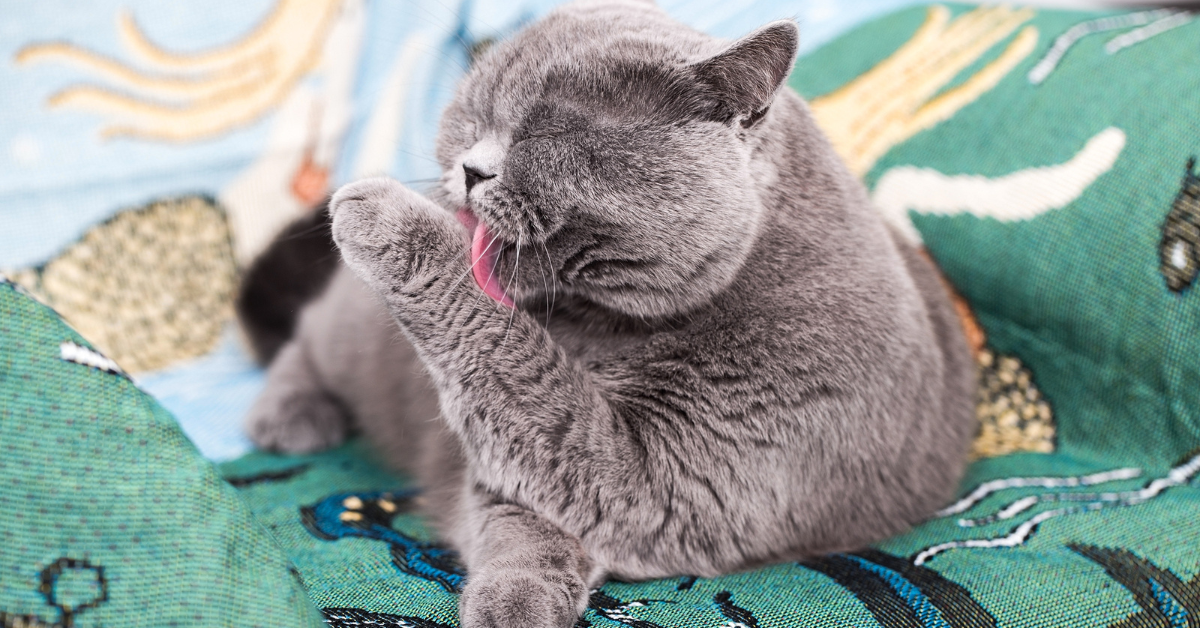The Pros of Catnip for Cats

Catnip has many pros for cats. It is an herbaceous plant that has fascinated cat lovers for hundreds of years due to its effects on cats. The active compound in catnip, called Nepetalactone, triggers a unique reaction in most cats, leading to behaviors that range from excitement and playfulness to being content and relaxed. In this guide, we will explore the pros and cons of catnip and its impact on our feline companions.
The Science Behind Catnip
Catnip’s effects on cat’s stem from Nepetalactone, which is an essential oil found in the leaves and stems of the plant. When a cat encounters catnip, either by licking or smelling it, the Nepetalactone binds to receptors in their nasal tissue, which stimulates sensory neurons that trigger various behaviors.
The response to catnip is hereditary, with approximately up to 70% of cats displaying sensitivity to it. However, kittens typically do not respond to catnip until they are at least six months old.
Catnip can be an excellent environmental enrichment tool for indoor cats. Providing catnip-infused toys, scratchers, or sprinkling dried catnip around their play area can invigorate a cat’s curiosity and encourage explorative behavior. Lastly, mental stimulation is key for cats as it helps prevent boredom-related issues. Specifically obesity or destructive behavior.
Stress Relief and Anxiety Reduction
One of The Pros of Catnip for Cats is for cats with anxiety or experiencing stress. Catnip can be a helpful remedy The scent of catnip triggers the release of feel-good chemicals in a cat’s brain, which induces a sense of relaxation and calmness. Furthermore, this can be useful during stressful events such as moving to a new home.
Cats often become more playful and active after interacting with catnip. Engaging in play helps them burn off excess energy, maintain a healthy weight, and develop essential hunting and pouncing skills. Basically, catnip can be beneficial for senior cats, as it encourages them to stay active and engaged.
Potential Concerns and Cons of Catnip
Cats that are exposed to catnip, may start to play excessively or display aggressive behavior. It’s essential for pet parents to observe their cats’ reactions and limit catnip exposure if they notice signs of overstimulation.
Rarely, cats may have allergic reactions to catnip. This may include skin irritation, excessive drooling, or gastrointestinal issues.
Cats can build a tolerance to catnip over time, making it less effective as a stimulant. To prevent habituation, pet parents should limit catnip exposure to occasional use providing a fresh experience each time.
Forms of Catnip and Their Impact
Fresh catnip is harvested directly from the plant. It contains higher concentrations of Nepetalactone, the compound that triggers a cat’s response. Since this potency often leads to a more intense reaction from cats, making fresh catnip a favorite for many cats. Also, fresh catnip has a limited shelf life and can be difficult to store properly.
Additionally, dried catnip such as FAT CAT® Zoom Around the Room® high-test organic catnip involves the process of air-drying the leaves and stems. As a result, it retains some of the Nepetalactone content. Dried catnip may not be as potent as the fresh version, but it’s easier to store. Equally important it still elicits a response from a cat. Overall, dried catnip is commonly used in toys and as an ingredient in various cat products.
Catnip-infused toys and products provide a hassle-free way to introduce catnip to cats. These items are designed to release the scent of catnip slowly, engaging the cat’s senses and encouraging interaction. Catnip-infused toys for example include toys such as JW’s® Mister Catnip, FAT CAT® Kitty Kickz® Mice Cream Cone, and JW® Scratch Inn Cat Cubby.
Scratchers and furniture with catnip-infused components such as FAT CAT® Big Mama’s Scratch ‘n Play Ramp offer the dual benefit of fulfilling a cat’s scratching instincts while providing the enjoyment of having been exposed to catnip. Products like cat scratchers can help prevent furniture scratching and encourage healthy play.
Responses of Cats to Catnip
Cats’ reactions to catnip may differ greatly. While some cats may become lively, engaging in active play, others might show a more calm and relaxed response. Pet parents should learn to recognize and respect each cat’s unique reaction. This is essential for using catnip responsibly and ensuring their cat’s comfort and enjoyment.
Kittens typically don’t respond to catnip until they reach about six months old. Adult cats are more prone to displaying heightened reactions, often involving playful behavior. Using catnip for senior cats might cause reduced interest in catnip due to changes in their sensory perception with age.
Catnip should be used in controlled amounts to prevent cats from becoming excessively stimulated or developing a tolerance to its effects. Using catnip-infused items occasionally maintains their novelty and ensures that the cat’s response remains positive.
Introducing Catnip to Cats
When introducing catnip to a cat that has never been exposed to it before, pet parents should start with a small quantity. This allows a cat to experience the effects without overwhelming them. Observing their response will help pet parents determine whether the cat enjoys it or is indifferent to it.
A Cat’s Reaction to Catnip
After providing catnip, it’s crucial to watch a cat closely for any changes in behavior. Responsible pet parents should ensure that their cat’s response is healthy and that they don’t exhibit signs of distress or overstimulation. If a negative reaction is observed pet parents should discontinue catnip usage.
Summary
The Pros of Catnip for Cats are that catnip can be a valuable tool for enriching a cat’s environment while promoting mental and physical health and providing moments of joy and play. Like other natural substances, catnip should be used responsibly. Pet parents should be mindful of their cats’ individual responses and sensitivities. By understanding catnip, pet parents can provide their cats with a safe and enjoyable experience, enriching the bond between them and their cats.
Previous article

Next article

Related posts
View all-

5 Simple Tips to Make Sure Your Cat Drinks Enough Water
Ensuring your cat stays hydrated is important, but it can be challenging since many cats don't drink enough water. Dehydration can lead to kidney disease and other health issues. Fortunately, you can encourage your cat to drink more with a few simple changes. Read Article -

How to Keep Your Cat Busy at Night (So You Can Sleep)
For many cat owners, the quest for a good night's sleep while keeping their feline friends content and engaged can seem like a never-ending battle. Cats, naturally more active at night or early in the morning, often disrupt your sleep schedules with nocturnal activity, whether through playful nature or seeking attention. Read Article -

Should You Bathe Your Cat? Everything You Need to Know About Cat Hygiene
When it comes to cat hygiene, a common question among cat owners is, "Should you bathe your cat?" Understanding how to care for felines, especially bathing cats properly, is crucial for maintaining their overall health. Most cats are fastidious groomers, but specific scenarios like long-haired cats getting dirty or skin irritations, might require a bath.
Read Article -

How to Fly with a Large Dog: Tips and Tricks
Traveling can be challenging, especially when it involves flying with a large dog. Whether your furry friend is a service dog, therapy dog, or simply a beloved pet, understanding the guidelines set by most airlines is crucial. Read Article




